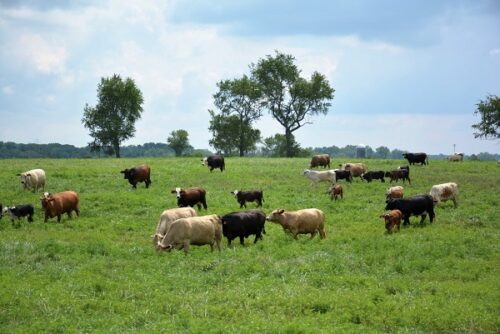19 Aug 2022
Back to the future – how a return to old ways can lead to healthy soil and a healthier environment, writes Real Leather.

Soil erosion leads to the release of CO2 into the atmosphere. Some modern farming techniques can lead to soil erosion. For example, over ploughing can compact earth and reduce microbes essential for the growth of healthy plants. In turn, this can lead to the need for more fertilisers and pesticides, which may further damage the soil and the environment.
Healthy soil is vital to the health of the planet. It holds three times as much carbon as the atmosphere and plays a vital part in the production of 95% of global food supplies.
Regenerative farming, as the name suggests, is the use of a variety of practices that support soil health, and through that the entire ecosystem. The practices include water management, minimal disturbance of soil, and a preference for the use of natural fertilisers (animal manure) and pesticides.
In short, the more plants that can thrive, the more carbon is captured from the air. The very fuel system of plants, photosynthesis, does this. Plants use water, sunlight and carbon from the air to produce oxygen and energy in the form of carbohydrates.
The carbon that plants don’t need for growth is released through the roots and captured in the organic matter that makes up healthy soil.
So where do cattle fit in with this? Grazing cattle and other livestock encourage improved grasslands, which have a strong capacity for carbon capture and storage. Some regenerative farming models feature strip grazing, which allows cattle on to limited areas of land for short periods. In addition to fertilising the soil naturally with their manure, the cattle trample plants into the soil which not only aerates it, but also enriches it, encouraging better regrowth, deeper roots and therefore better carbon capture. Some arable land farmers have started to bring livestock on to their land for the soil health benefits – a return to the old model of mixed farming.
When it comes to the future of the planet, we have a lot to learn from the past.

使用條款 | 隱私政策 | APLF 可持續發展